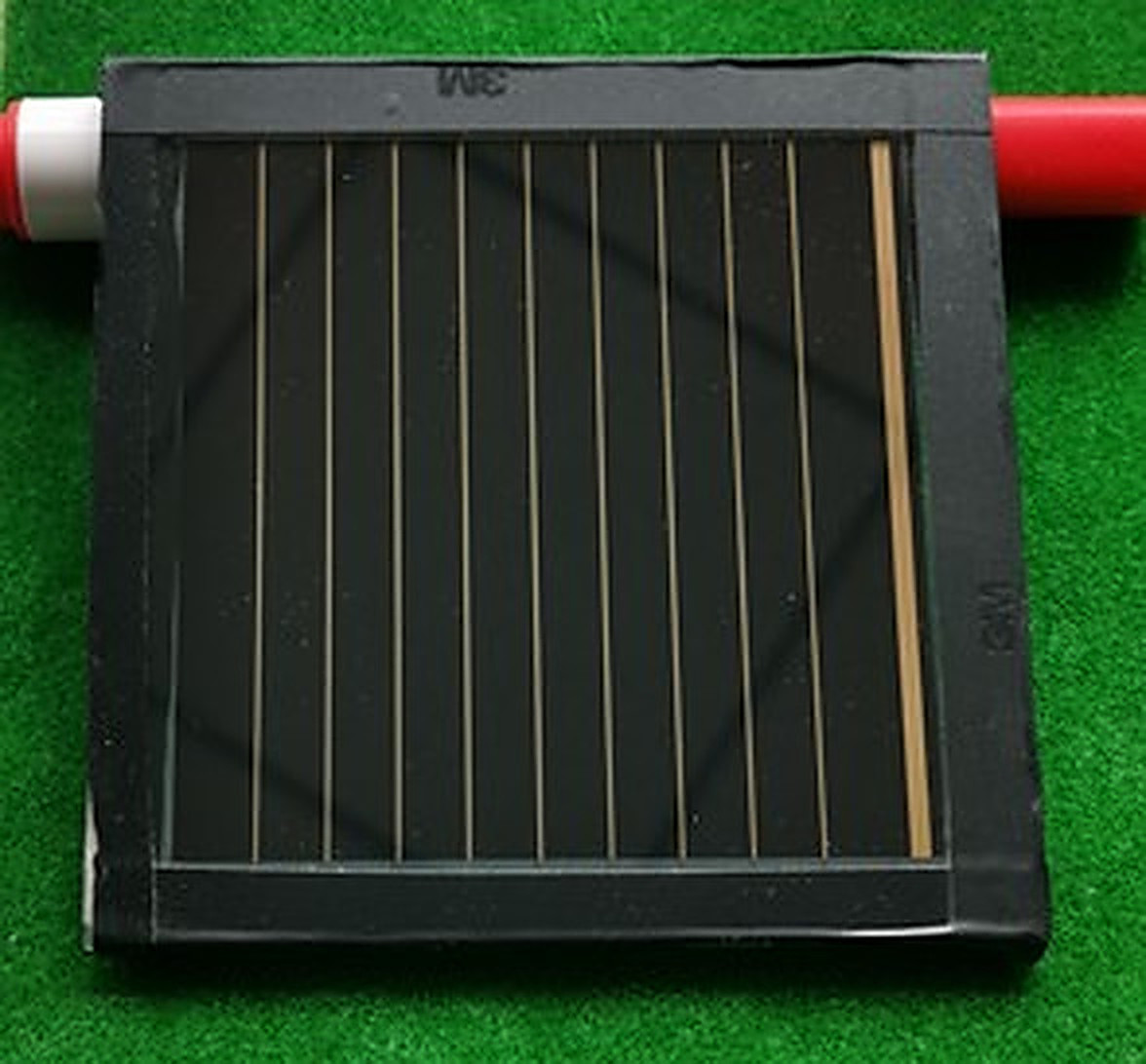Researchers from the University of Pavia in Italy have made an initial attempt to define the criteria for developing a novel method to calculate the LCoE of perovskite solar cells. They said they are trying to clarify the many models and assumptions that are used by academics to determine LCoE values for PV technologies.
“The variety of reported values, produced by different models, hinders the comparison between commercial and emerging PV technologies,” they said. “Despite similar lifetime and efficiency inputs, a huge spread of LCoE values was reported in 2021, due to different calculation and assumption approaches.”
The scientists noted the difficulty of providing final clear values for perovskite solar panels, as cell-to-module (CTM) efficiency losses occur when scaling up from the lab to the factory.
“Overall, these losses in performance have a negative impact on the determination of the LCoE for perovskite PVs, which is worsened by the lack of information regarding the performances of standard-sized modules,” they explained, noting that there is still much to be done with regard to increasing panel size. “The currently certified record efficiency of 25.7% is attained on a 0.096 cm2 area cell and the largest active area recorded for a perovskite solar module is 802 cm2 with an efficiency of 17.8%.”
The team presented LCoE models developed by the US Department of Energy's National Renewable Energy Laboratory (NREL) and the UK Department for Business, Energy and Industrial Strategy (BEIS), among others, to show all variables and assumptions. The scientists also noted the importance of defining a common approach to assessing the LCoE of perovskite PV systems.
“The refinement of the assumptions regarding manufacturing costs and financial parameters is a critical factor for enabling a more reliable determination of LCoE values,” they said.
They suggested including new parameters such as real module performance, the degradation rate, and the costs for industrial production.
“We showed that there is still a large uncertainty regarding the exact value of perovskite LCoE, even though several studies reported the LCoE in a range between $0.03/kWh and $0.06/kWh,” they said.
The scientists presented their findings in “The levelized cost of electricity from perovskite photovoltaics,” which was recently published in Energy & Environmental Science.
“Overall, in the next few years the LCoE calculations will be important to set the agenda for an early commercialization or a pivotal strategy towards other applications of halide perovskites,” they said.
This content is protected by copyright and may not be reused. If you want to cooperate with us and would like to reuse some of our content, please contact: editors@pv-magazine.com.




By submitting this form you agree to pv magazine using your data for the purposes of publishing your comment.
Your personal data will only be disclosed or otherwise transmitted to third parties for the purposes of spam filtering or if this is necessary for technical maintenance of the website. Any other transfer to third parties will not take place unless this is justified on the basis of applicable data protection regulations or if pv magazine is legally obliged to do so.
You may revoke this consent at any time with effect for the future, in which case your personal data will be deleted immediately. Otherwise, your data will be deleted if pv magazine has processed your request or the purpose of data storage is fulfilled.
Further information on data privacy can be found in our Data Protection Policy.